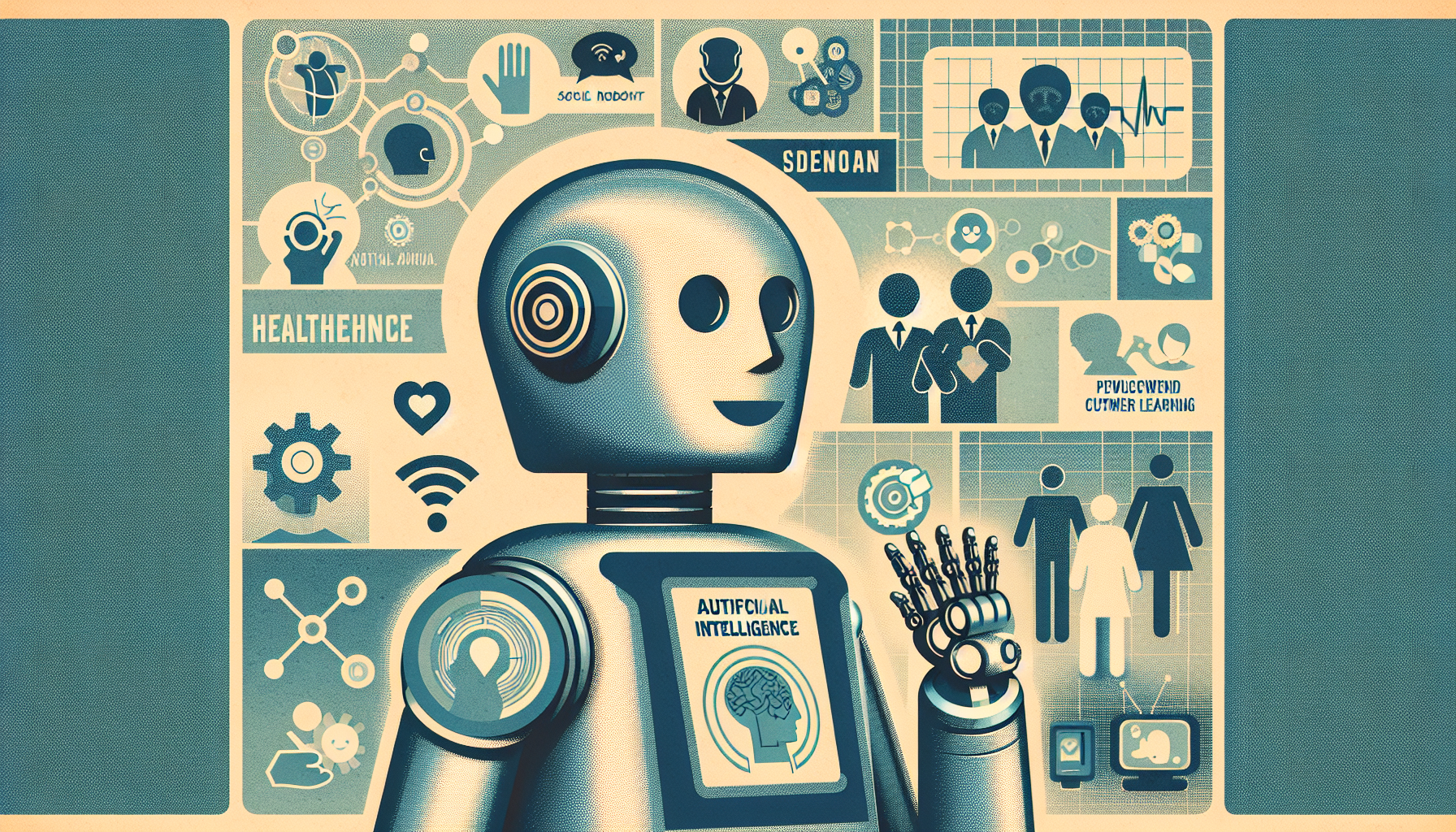Social robots are changing how we connect with technology. Unlike machines of the past, these robots can sense our feelings, notice our gestures, and understand what we say. Their growth has only been possible with the rise of powerful artificial intelligence (AI) and machine learning. Today, social robots are becoming trusted companions in fields like healthcare, education, and customer service.
The Heart of Human-Robot Interaction
Great communication lies at the core of social robotics. Human-robot interaction, or HRI, is the area of research focused on helping robots respond to us in ways that feel natural and meaningful. In recent years, remarkable progress has brought robots much closer to understanding people as individuals, not just as users.
- Emotion Recognition: Modern robots can read human feelings by analyzing facial expressions and the sound of our voices. They learn to notice happiness, sadness, or confusion, and respond gently or cheerfully, according to the moment.
- Gesture Recognition: Robots are being trained to pick up on simple gestures, such as waving or pointing. This allows them to understand our intentions even when we do not use words.
- Speech Recognition: With advanced listening tools, robots are now able to hear and understand natural spoken language. This helps conversation with a robot feel easy and almost human.
The Power of AI and Machine Learning
Artificial intelligence gives social robots the ability to learn and grow with every interaction. Through machine learning, these robots do not remain static; they improve, adapt, and make decisions without waiting for precise instructions.
- Learning from Experience: Every encounter teaches the robot something new. Over time, a robot finds better ways to answer questions or comfort someone in distress.
- Adapting to New Environments: AI makes it possible for robots to deal with change. For example, if something unexpected happens in a classroom or hospital, a robot can react and adjust, making sure it remains helpful even in new situations.
- Making Decisions Independently: In complex environments, quick decisions matter. Whether helping a patient or guiding a student, today’s social robots can act on their own, guided by the patterns they have learned.
Social Robots in Daily Life
We are beginning to see real examples of social robots touching human lives:
Customer Service
- Social robots greet customers, answer questions, and even notice if someone seems upset or confused. By reading emotional cues, they can offer reassurance, solve problems, or guide people gently towards what they need.
Healthcare
- In hospitals and care homes, robots can provide comfort to patients and help with simple tasks. They might conduct therapy sessions for children or monitor the mood and health of elderly people, alerting staff if something is wrong.
Education
- Social robots are entering the classroom as teaching assistants. They offer support for students who struggle to keep up and can adjust lessons to match individual learning styles. For children with special needs, these companions can make learning less intimidating and more interactive.
Looking Ahead
The future of social robots holds incredible promise. As AI grows more powerful, robots will communicate even more naturally. Recent discoveries suggest that robots may soon learn not only from humans but also from each other, growing smarter as a group. Step by step, these companions are moving closer to becoming a trusted part of our lives.
From education and healthcare to customer service and beyond, social robots are being woven into the fabric of our society. Each new advancement brings them closer to understanding us, supporting us, and making our everyday lives richer and more connected. The journey is only beginning, but the impact is already profound.

Leave a Reply